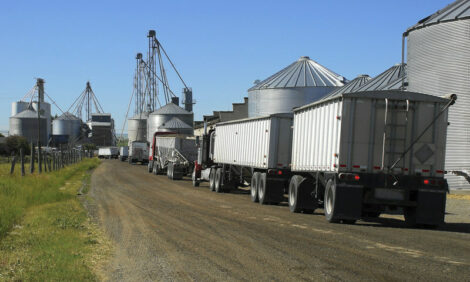



Study Explores Next Generation of Traceability
CANADA - The Canadian beef industry continues to work on improving the system in our country with research into traceability. We have the latest from the Canadian Cattlemen's Association. A new study funded by the National Beef Industry Development Fund (NBIDF) provides an assessment of opportunities and constraints for traceability systems in the Canadian beef industry."We know we need to move further ahead on traceability, to meet increasing expectations and maintain the head start we've achieved over some of our competitors," says McNabb. "The analysis provided by this study will help advance some of the things we need to do in the next three to five years."
To help Canada's beef industry navigate this rapidly evolving traceability area, NBIDF supported a study by Dr. Jill Hobbs and Kim Sanderson of the University of Saskatchewan, Department of Agricultural Economics.
Among the study's key components, the researchers explored the feasibility and implications of extending the current cattle identification system to a full chain traceability system, from farm to retail. They also examined the network effects and economic implications of combining traceability with more comprehensive information management systems for quality verification.
"Our analysis found that the current cattle ID and traceability system is functioning well," says Hobbs. "The recent BSE cases we've dealt with are one example of how this system has greatly benefited the industry."
In this respect, Canada is well ahead of the U.S., which doesn't yet have a national cattle ID system in place, she notes. "The U.S. has approached traceback on more of a state-by-state basis. It appears Canada's approach has worked much better."
Source: Discover Moose Jaw


